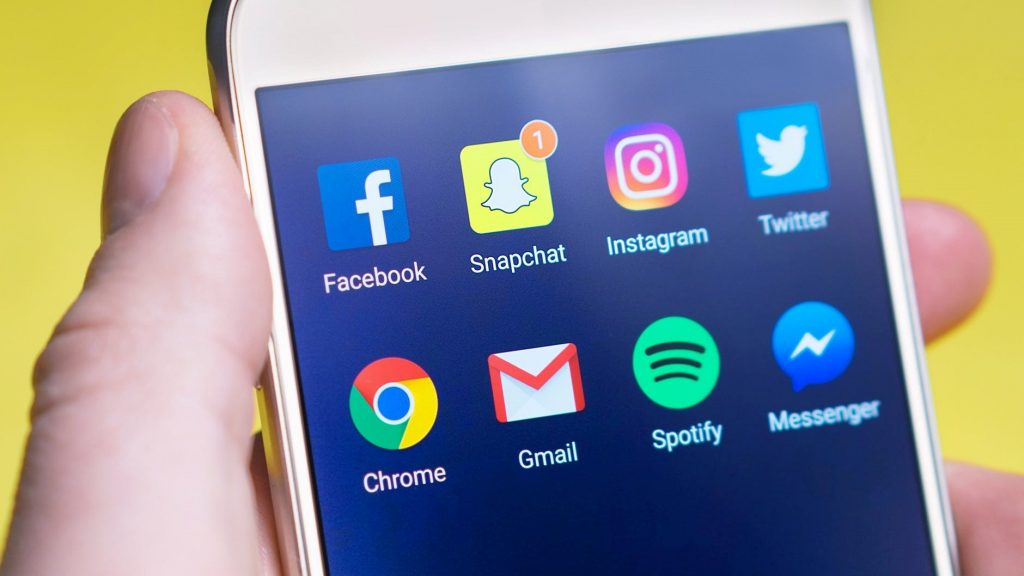Social media is easily abused and might be turned into a place for simplistic discussions. It becomes a dangerous place for students who are at the learning phase of their world. While you can use social media to get help with your custom dissertation, it may also become a platform where you bully people or participate in discussions that do not add any intellectual value.
Social media is here to stay and has moved into one of the main sources of information. Users are spending hours a day on social media, turning it into a crucial learning tool. Students must also learn to use the platform profitably and to improve their critical thinking skills. Here are ideas on how social media can be used to promote critical thinking among students.
1. Verification Of Facts
Students must learn to verify facts before sharing them on social media or engaging in a discussion on the same platform. Social media features posts that involve raw emotions. People post what they are thinking or experiencing at the moment. Others comment without verifying the standing of the information shared.
Students must learn to share or react to issues raised on social media using facts. A post, quote, meme, or such content may have been shared on social media and attributed to a person. You should know how to verify the source of such information. Identify websites with authority or personalities with access to particular information. Always check what the professional or website is saying. You will be sure that the information you have shared is accurate.
2. Running Campaigns
Social media is reliable for interacting with friends and sharing your life, but can also be useful for other purposes. Help the students to use social media to create a positive impact on society through campaigns.
For instance, the class may pick a campaign on the environment, climate change, human rights, tolerance, and such other topics. Inviting friends and sharing content will make such a campaign more successful. The students feel that they are using social media productively and having an impact on their immediate environment.
3. Analyze Discussions And People
A thinker can see differences in arguments. The person can see what other people are saying about topics and their lines or arguments. The students can be assisted to identify consistencies, factual errors, emotional responses, and in the process, learn from social media.
The approach is especially important for marketing students and social scientists. They will learn about population manipulation and how media is used to run campaigns. History students can also learn about changes in communication strategies, interactions, business, and other elements of humanity.
4. Quality Of Content
Instill in the students the need to offer quality content on social media. Whether it is for the sake of discussion or you are making a statement, your content must meet certain standards. The lesson on the quality of content is important because social media platforms are increasingly being used for cyberbullying. It is also difficult to reconcile the person behind a name with the information shared on their social media platforms. Students should become pioneers in ensuring quality content is shared online.
5. Tolerance
Critical thinking calls for tolerance. It is especially driven by the realization that everyone does not have to share a similar opinion. The students learn to respect the opinions of other people and share their own with conviction. The approach will dramatically reduce cyberbullying and enable the platform to be used as a learning tool.
The growth of social media means that it can no longer be ignored. It is a part of daily life that should help users, and especially students, to develop critical thinking skills. Such lessons prepare students to use social media gainfully.
